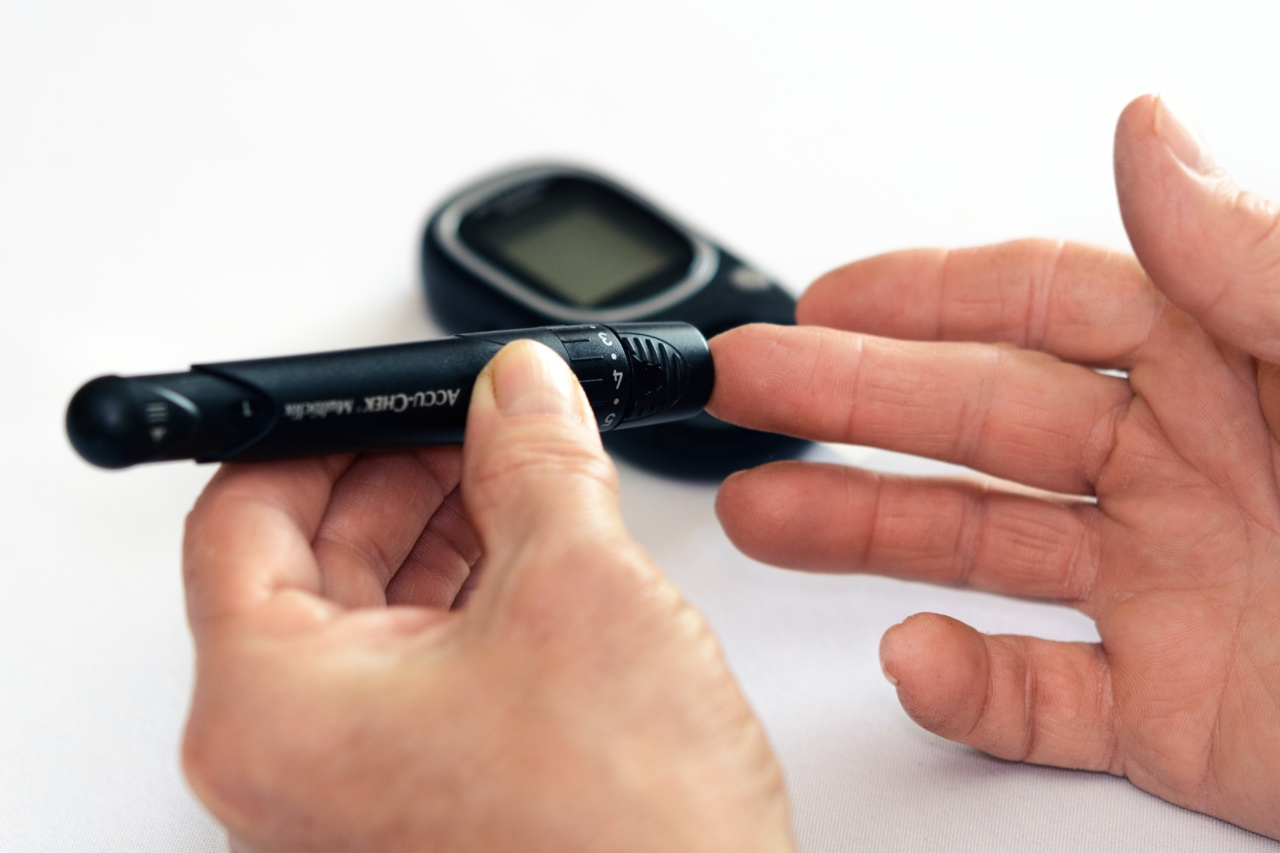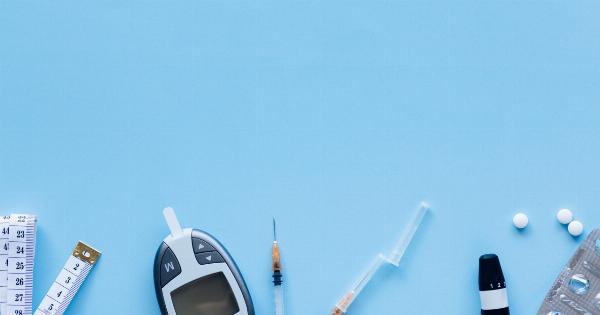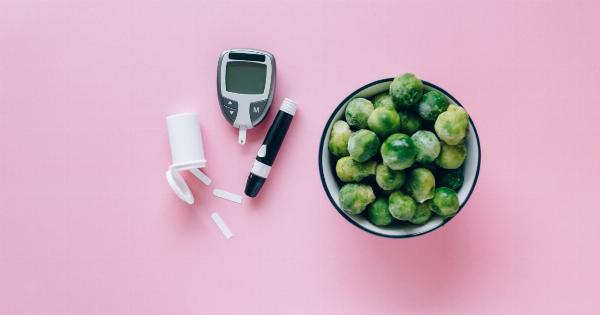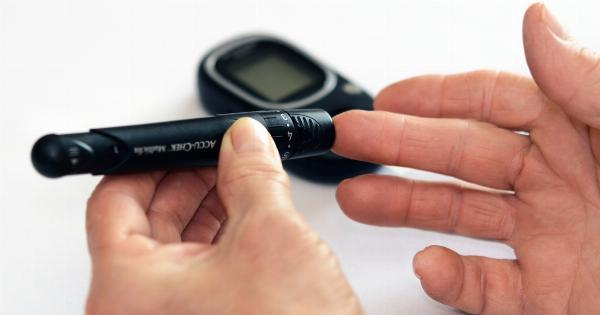Diabetes is a chronic metabolic disorder that affects millions of people worldwide. It is characterized by high blood sugar levels due to either insufficient insulin production or insulin resistance.
While genetics and lifestyle factors play a significant role in the onset and progression of diabetes, researchers have turned their attention to a new culprit – germs. Recent studies have found that germs, including bacteria and viruses, may play a role in the development of diabetes. In this article, we will explore the link between germs and diabetes in more detail.
What are Germs?
Germs are microscopic organisms that can cause diseases in humans. They include bacteria, viruses, fungi, and parasites. Some of these organisms are beneficial to humans, while others can be harmful.
Germs can be spread through various means, including person-to-person contact, contaminated food and water, and insect bites.
How Germs Contribute to Diabetes?
Research suggests that certain germs may trigger an immune response that can lead to diabetes. When germs enter the body, the immune system detects them and mounts a defense by producing antibodies.
Antibodies are proteins that recognize and attack specific germs, much like a key that fits a lock. However, in some cases, the immune system may become confused and attack the body’s own cells, including the insulin-producing cells in the pancreas.
This autoimmune reaction can lead to the destruction of these cells, resulting in a lack of insulin and the development of diabetes.
Another way that germs can contribute to diabetes is by causing inflammation. Chronic inflammation is a common feature of type 2 diabetes, and it is known to impair insulin function.
Some germs, particularly bacteria, can cause inflammation by releasing toxins that damage tissues and trigger an immune response. Inflammation can also make the body less responsive to insulin, leading to high blood sugar levels.
Types of Germs that Contribute to Diabetes
Several types of germs have been implicated in diabetes, including:.
Bacteria
Studies have found that certain types of bacteria, such as H. pylori and Staphylococcus aureus, are associated with an increased risk of developing diabetes.
These bacteria can cause inflammation and damage the pancreas, leading to insulin resistance and diabetes.
Viruses
Some viruses, including coxsackievirus B and enterovirus, can also trigger an immune response that attacks the pancreas. Infection with these viruses has been linked to an increased risk of type 1 diabetes, particularly in young children.
Fungi
A recent study found that a fungus called Candida albicans may contribute to the development of type 2 diabetes. This fungus can cause inflammation and impair insulin function, leading to high blood sugar levels.
Preventing Germs and Diabetes
Preventing diabetes involves managing risk factors such as diet, exercise, and weight. However, preventing the germs that contribute to diabetes is not as straightforward. Some steps you can take to reduce your exposure to germs include:.
- Washing your hands frequently
- Covering your mouth and nose when coughing or sneezing
- Avoiding close contact with sick people
- Cooking meat thoroughly
- Drinking clean water and avoiding unpasteurized dairy products
- Getting vaccinated against diseases such as the flu
By taking these precautions, you can reduce your risk of getting sick and lower your risk of developing diabetes.
The Bottom Line
While genetics and lifestyle factors contribute to the development of diabetes, germs may also play a role.
Certain bacteria, viruses, and fungi can trigger an immune response that attacks the pancreas or causes inflammation, leading to insulin resistance and high blood sugar levels. To reduce your risk of developing diabetes, practice good hygiene, avoid close contact with sick people, and take other precautions to prevent infection.

























